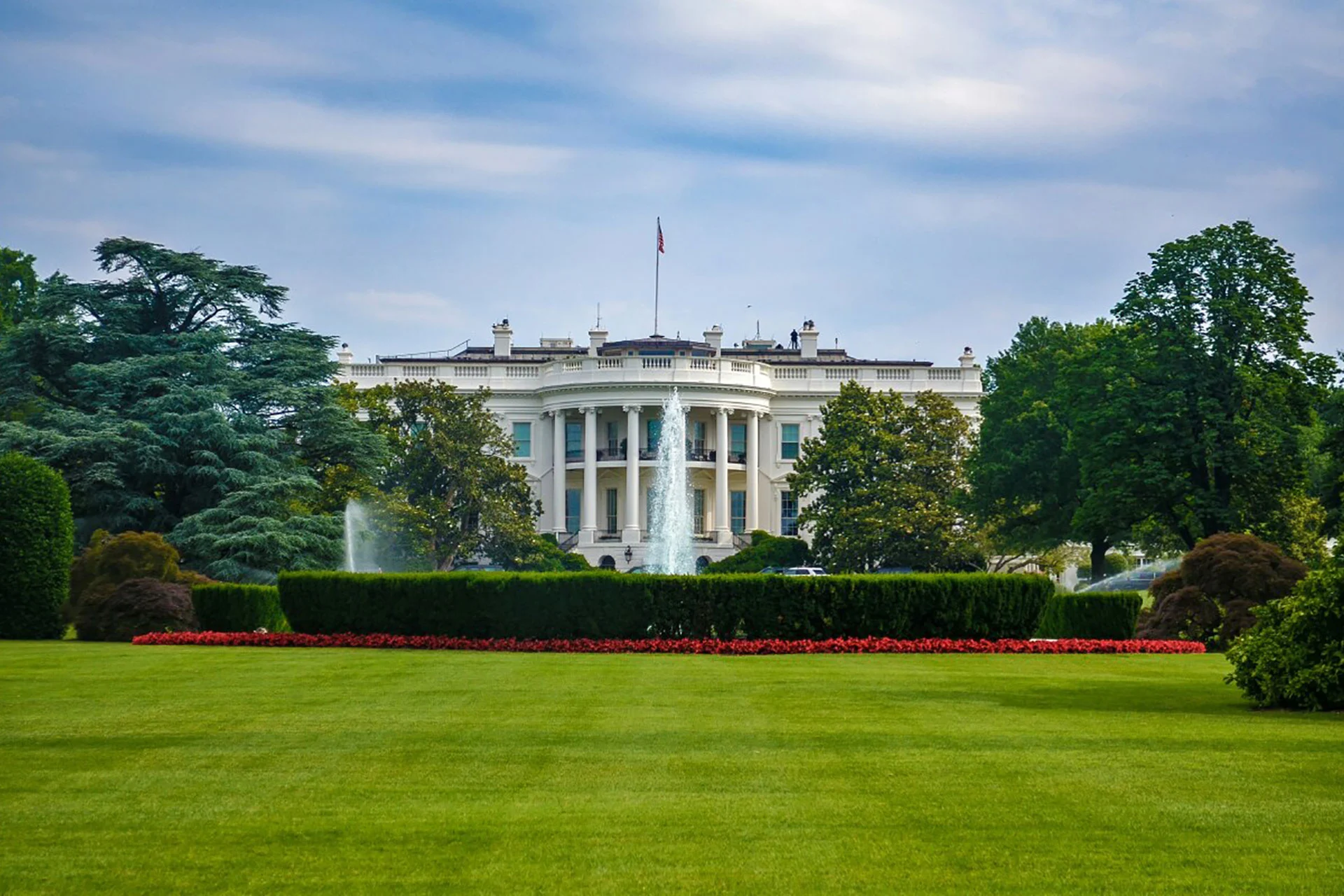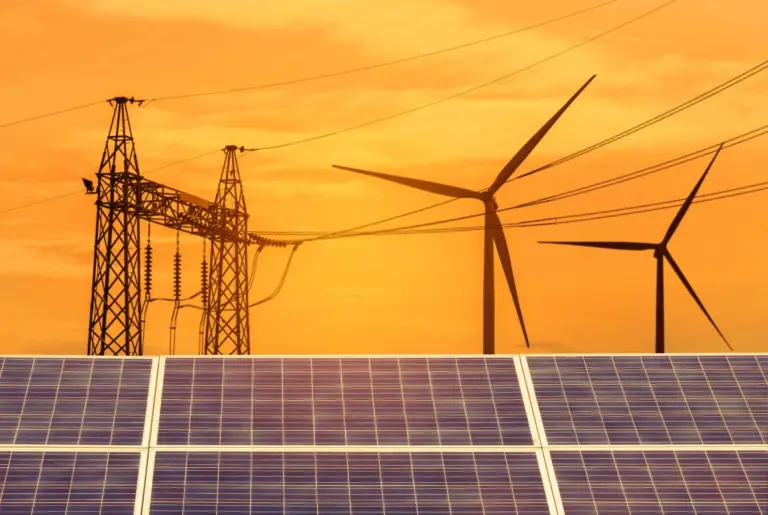
How Could a Second Trump Presidency Impact the US Energy Transition?
The US has been undergoing a clean investment boom for several years, most recently buoyed by the introduction of the Inflation Reduction Act, one of the most substantive and important pieces of climate legislation in history. Passed in 2022 under Democratic President Joe Biden, it promised $369 billion of investment in energy security and climate change initiatives over ten years. This continues to offer investors like Gore Street Capital improved certainty to allocate capital and deploy renewable power generation and manufacturing facilities across the US.
The immediate impact of the legislation was quickly felt, with the US adding a record 33.8 GW of new utility-scale clean energy projects in 2023, accounting for most of the country’s new power capacity installed last year. Energy storage capacity nearly doubled as 7.9 GW was added to the nation’s grid, led by California and Texas which have emerged as prominent states for the US energy transition.
Despite these successes, the Inflation Reduction Act’s long-term future is facing rising uncertainty as the US heads towards November’s presidential election. A win for the Republican nominee, former President Donald Trump, would represent a shift in US energy policy, with many concerned a new administration would roll back the Inflation Reduction Act and its support for clean energy projects.
While Republicans have been vocal in their opposition to the Act’s provisions, unwinding the far-reaching impact of Biden’s flagship policy platform would be a difficult task, requiring full control of the House, the Presidency and Senate. Even then, the US legislative process is historically slow, making repeal a difficult and unlikely proposition for an incoming president.
The option remains to take direct action in the form of executive orders affecting federal budgets and guidance, potentially reducing access to the investment tax credits currently available for standalone storage and other clean technologies for new investments. Retroactive withdrawal of support for existing investments, such as those in Texas and California managed by Gore Street Capital, is not expected and could, therefore, potentially improve their long-term profitability by reducing the scale of competing capacity in future years.

There is evidence to suggest some consensus from Republican lawmakers on action against the Inflation Reduction Act, however, either strategy may still face opposition from several red states that have received investment. The legislation has proved to be an economic catalyst for new jobs and investment in Republican states, which were subject to the majority of related investments and employment within the first year of the Act. Any attempt to claw back committed funds may, therefore, be met with opposition at the state level.
It remains the case, however, that any attempts to undo the achievements of the Inflation Reduction Act are unlikely to halt the clean energy transition. Gore Street Energy Storage Fund, the internationally diversified energy storage fund managed by Gore Street Capital, made its first investment in Texas before the Inflation Reduction Act was signed on the strength of the investment case already present. The US has been undergoing a boom in renewables deployment for years as conventional thermal generation is retired and grid operators and investors alike clamour for more clean and secure flexibility resources.
While President Biden’s legislation has kickstarted even more investment through tax credits for standalone energy storage, as well as improved terms for a range of renewables technologies, US decarbonisation is not dependent on it. The economic and environmental drivers for deployment of these assets remain unchanged and we expect to continue capitalising on system and consumer demand for clean technologies like energy storage.
The long-term international impact of the US legislation will also continue to be felt across our diversified portfolio under management. The EU, for example, is adopting a package of measures in response to the Inflation Reduction Act that place energy storage at the center of a clean and stable future electricity market. As a diversified investment manager, with European projects under management in Ireland and Germany to date, we expect to continue deploying assets across Europe under an improved policy environment inspired by the US legislation. This presence will also help to offset any short- or medium-term impacts from changing market dynamics in the US should that emerge.
Gore Street Capital will continue to monitor all potential policy-related risks as the US election cycle develops, but we remain confident that the enduring nature of the clean energy transition and economic forces driving investment into clean power will continue. The fundamentals of renewables deployment, diminishing thermal generation, falling technology costs and societal demand for decarbonisation all provide a backdrop to the energy transition that will be in place well into the future, no matter who sits in the White House.


